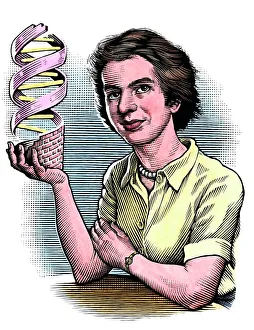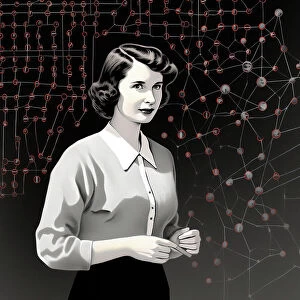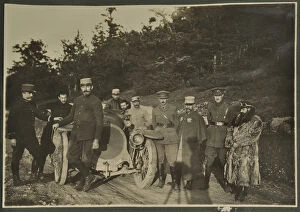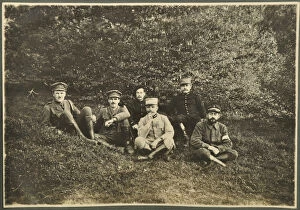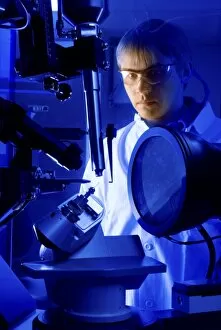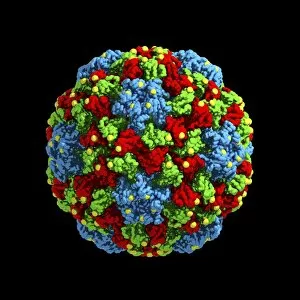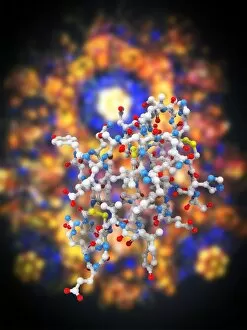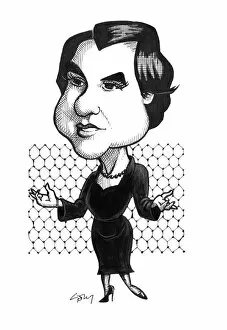X Ray Crystallography Collection
"Unveiling the Secrets of Crystals: The Pioneers of X-ray Crystallography" In the realm of scientific discovery
All Professionally Made to Order for Quick Shipping
"Unveiling the Secrets of Crystals: The Pioneers of X-ray Crystallography" In the realm of scientific discovery, few breakthroughs have been as revolutionary as x-ray crystallography. This groundbreaking technique, which allows us to peer into the intricate structure of crystals, owes its origins to a remarkable trio - Rosalind Franklin, Harold Roper Robinson, and William Lawrence Bragg. Born in 1920s Britain, Rosalind Franklin emerged as a brilliant chemist whose contributions would forever change our understanding of molecular structures. Her work on DNA laid the foundation for x-ray crystallography's application in unraveling complex biological molecules. But it was during an autumn in 1915 that another duo set foot on Vosges mountains with determination and curiosity etched on their faces. Harold Roper Robinson and William Lawrence Bragg embarked on a journey that would shape the future of science. In black-and-white photographs from that time, we catch glimpses of them alongside fellow researchers and even a motorcar perched atop those majestic peaks. William Henry Bragg, an English physicist who made significant contributions to early 20th-century physics, played a pivotal role in developing x-ray crystallography alongside his son William Lawrence Bragg. Together they unraveled nature's hidden secrets by analyzing how x-rays diffracted when passing through crystalline structures. Their pioneering efforts led to astonishing discoveries – like capturing stunning images revealing the intricate arrangement of atoms within crystals. These mesmerizing snapshots unveiled previously unseen worlds within substances such as insulin molecules – C014 / 2290 being one such example. Today, thanks to these visionary minds and their relentless pursuit of knowledge, x-ray crystallography has become an indispensable tool across various scientific disciplines. From unlocking mysteries at atomic levels to aiding drug design and material engineering – this technique continues to push boundaries and fuel new frontiers in research.

